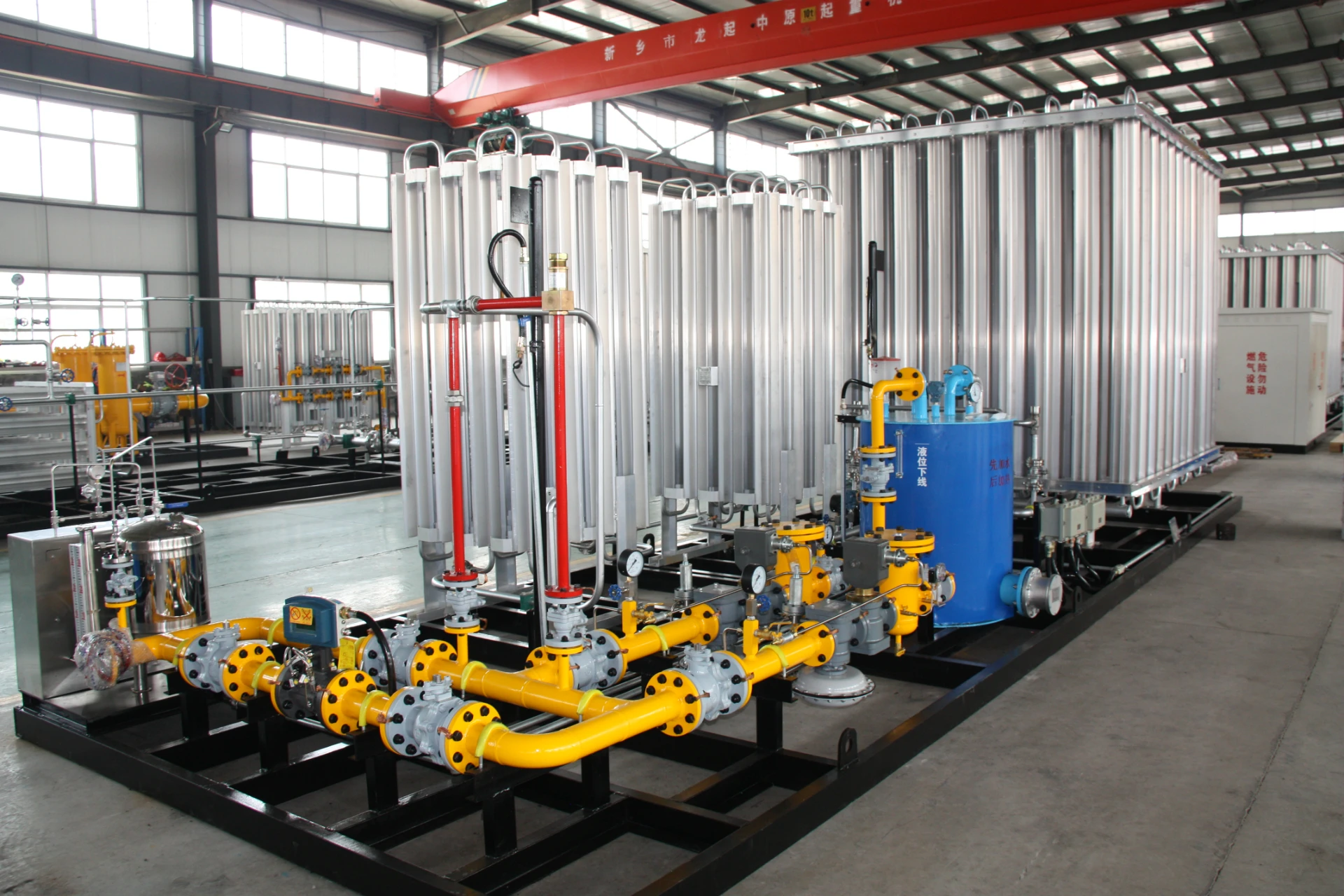
Dec . 07, 2024 13:33
Back to list
lng
Understanding LNG The Future of Energy
As the world continues to grapple with the consequences of climate change and seeks sustainable energy alternatives, liquefied natural gas (LNG) has emerged as a significant player in the global energy landscape. LNG is natural gas that has been cooled to a liquid state, primarily for ease of storage and transportation. This article will explore the composition, uses, advantages, and challenges associated with LNG, as well as its pivotal role in the transition to a more sustainable energy future.
What is LNG?
LNG, or liquefied natural gas, is formed by cooling natural gas to about -162 degrees Celsius (-260 degrees Fahrenheit), at which point it shrinks to about 1/600th of its original volume. This reduction in volume makes it far more efficient to transport over long distances where pipelines are impractical. LNG primarily consists of methane (approximately 90% or more), with small amounts of ethane, propane, butane, and nitrogen.
Uses of LNG
LNG has numerous applications that make it an attractive alternative to other fossil fuels. It is primarily used for power generation, as a cleaner substitute for coal and oil. Many countries have invested in LNG to meet their electricity demands while reducing greenhouse gas emissions.
In addition to power generation, LNG can also be used in transportation. The shipping industry is increasingly adopting LNG as a fuel source due to its lower emissions compared to traditional marine fuels. Furthermore, LNG is utilized in various industrial processes, heating applications, and even in the production of fertilizers.
Advantages of LNG
One of the primary advantages of LNG is its environmental benefits. When burned for energy, LNG emits significantly less carbon dioxide (CO2), sulfur dioxide (SO2), and particulate matter compared to coal and oil. This cleaner combustion makes LNG an important bridge fuel in the transition to a low-carbon economy.
lng

Moreover, LNG can enhance energy security. Countries that rely heavily on imported oil can diversify their energy sources by incorporating LNG into their energy mix. This diversification can lead to greater stability and resilience in energy supply, reducing vulnerability to geopolitical tensions and price volatility in oil markets.
Additionally, the growing global LNG market has stimulated economies, especially in exporting countries. LNG infrastructure development— including liquefaction plants, regasification terminals, and transportation vessels—has created jobs and fostered economic growth.
Challenges Facing LNG
Despite its benefits, LNG is not without challenges. The extraction and liquefaction processes contribute to greenhouse gas emissions, particularly methane leaks during production and transportation. While LNG is cleaner than coal and oil, addressing these methane emissions is crucial for its role in climate change mitigation.
Furthermore, the infrastructure required for LNG is both capital-intensive and time-consuming to develop. Establishing new terminals and pipelines can take years and requires significant investment. In a rapidly changing energy landscape, securing financing for such long-term projects poses risks.
Lastly, the volatility of LNG prices can be a hurdle for its widespread adoption. The LNG market is influenced by global demand, geopolitical events, and weather patterns, which can lead to price fluctuations. This unpredictability can deter some countries from fully committing to LNG as a stable energy source.
Conclusion
As we navigate the complexities of climate change and the transition to sustainable energy, LNG represents both an opportunity and a challenge. Its role as a cleaner alternative fossil fuel positions it as a key player in the global energy market. However, addressing environmental concerns associated with methane emissions, developing the necessary infrastructure, and managing price volatility are critical for maximizing its potential.
In summary, LNG holds promise for a future where energy needs are met with greater sustainability and reliability. As nations work collaboratively to reduce their carbon footprints, LNG stands out as an essential component of a diversified energy strategy aimed at fostering a cleaner, greener planet.
Latest news
-
Safety Valve Spring-Loaded Design Overpressure ProtectionNewsJul.25,2025
-
Precision Voltage Regulator AC5 Accuracy Grade PerformanceNewsJul.25,2025
-
Natural Gas Pressure Regulating Skid Industrial Pipeline ApplicationsNewsJul.25,2025
-
Natural Gas Filter Stainless Steel Mesh Element DesignNewsJul.25,2025
-
Gas Pressure Regulator Valve Direct-Acting Spring-Loaded DesignNewsJul.25,2025
-
Decompression Equipment Multi-Stage Heat Exchange System DesignNewsJul.25,2025

